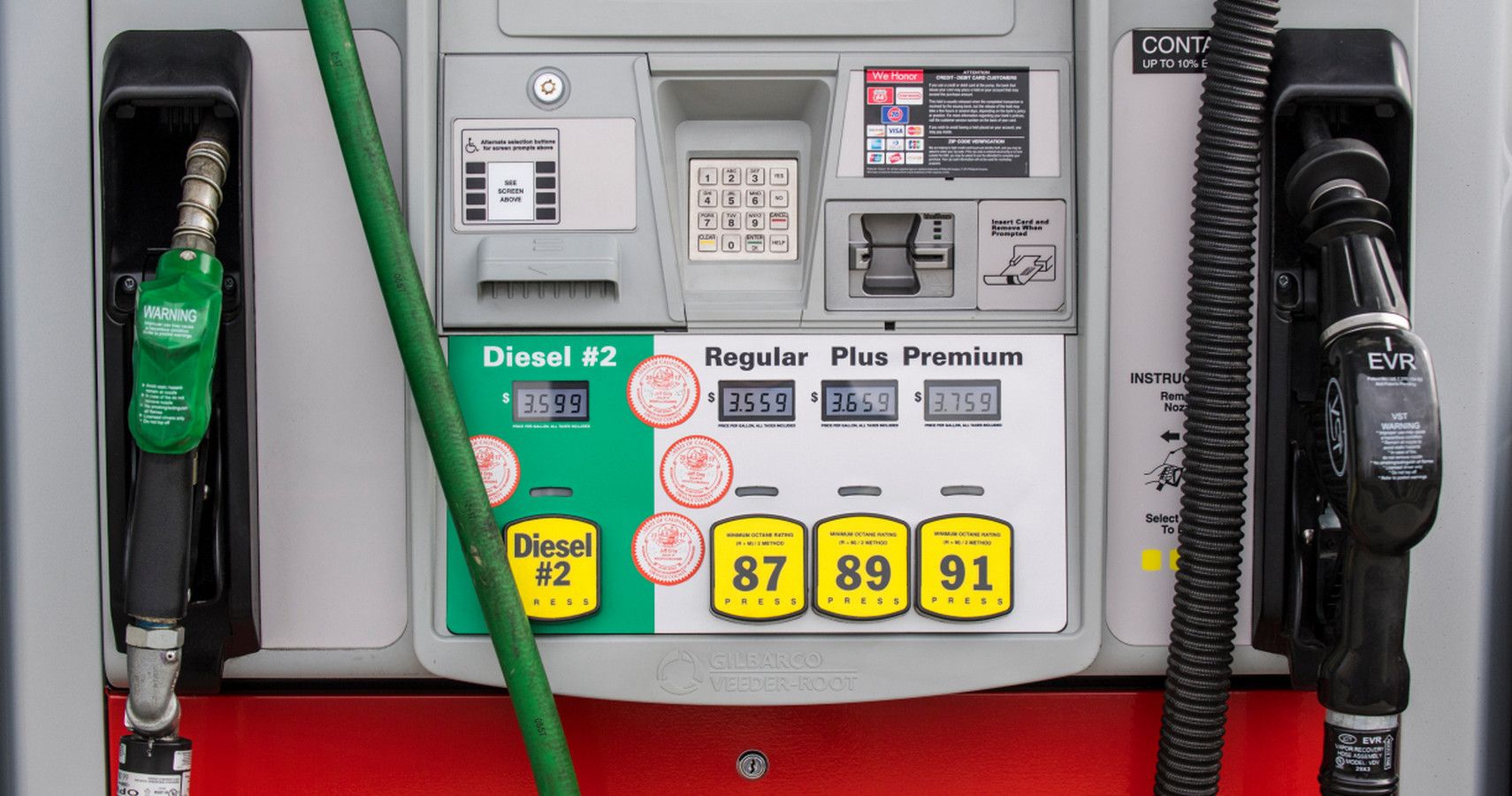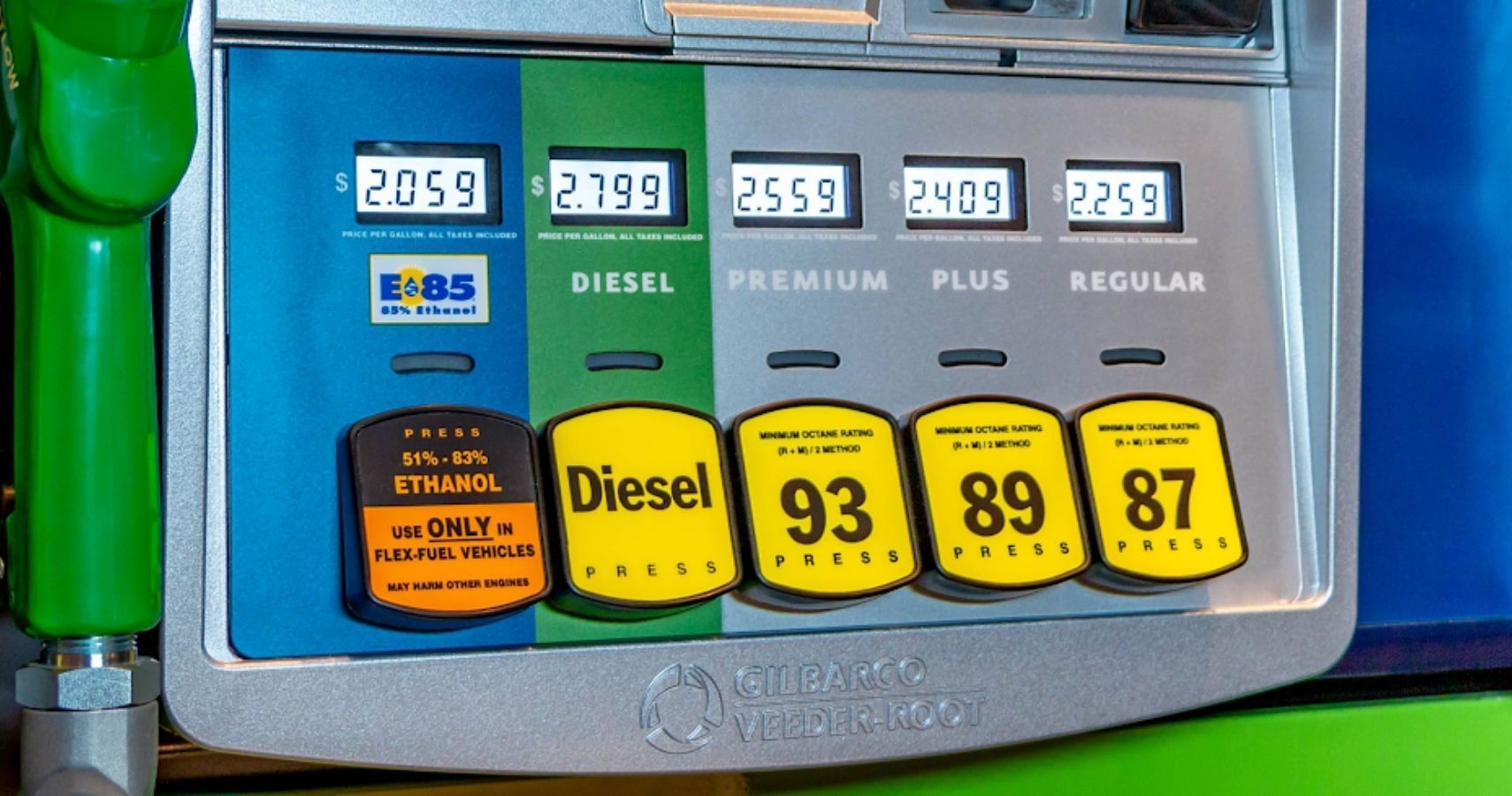Have you ever wondered about the differences between premium gasoline and regular? Or what is the meaning behind 87, 89 and 93? Or how about the differences between mid-grade gasoline and regular octane gasoline? Some of us head to our neighborhood pump, fuel the car with gas, pay, and drive away without ever wondering what’s in the gas that enters our car. Are we selecting the best option for our vehicle, or just the most affordable one?
With the national average price for regular gasoline reaching $3.636 and, in places like California, reaching even a staggering $5.252, it’s understandable that drivers prioritize gasoline prices instead of quality. However, there are even some drivers who believe that premium gas means increased power and better fuel economy, so they are making the extra financial effort to purchase high-octane gas. Meanwhile, other drivers who are more environmentally minded prioritize gas like Unleaded 88, which they consider being more ecologically friendly, but too often they aren’t aware of the impact this gas has on their gas mileage. Without a doubt, the subject is rather confusing, so keep on reading to learn more about the different types of gasoline.
These Are The Main Differences Between The Three Types Of Gas
Heptane and isooctane are the key ingredients in gasoline. “When you talk about an octane level of gas, the octane level is the heptane to isooctane ratio,” says A Abana Insurance. “For example, with an 87 octane rating, the gasoline is 87 percent isooctane and 13 percent heptane.” Different types of vehicles might require different octane ratings. Regular gas is what most drivers select because they think they can’t go wrong with this option. As such, drivers should know that this gas option has an 87-octane rating.
“The 87 octane makes your car run efficiently, although it may not offer the best performance components higher octane gasoline options offer,” concludes A Abana Insurance. “However, certain car makes and models require higher octane gas while many cars do not.”
Mid-grade or Plus Gas, 89 Octane is what you should use for higher-performance vehicles, so not for your regular sedan. Meanwhile, premium gas with an octane level of 91 or greater is for high-performance automobiles “with engines that have high compression ratios or turbochargers.” For instance, automakers recommend premium for certain vehicles like the Ford F-150 and Mazda MX-5 Miata. But, they don’t say it’s mandatory to use this fuel. It is worth noting that research by AAA shows that these vehicles' performance and fuel efficiency slightly improved while using premium gas.
Back in 2019, The New York Times stated that only 18 percent of new cars sold in the United States require premium gas. “The owners of the other 82 percent waste about $2 billion a year using a gas that provides no benefit,” adds The New York Times. Some gas stations also sell “Top Tier” gas, which is fuel treated with specific additives and detergents to help prevent and reverse plaque buildup from gasoline deposits. While this gas is more expensive, it also protects the engine and keeps it cleaner; thus, drivers won’t have to book too many costly mechanic visits in the future.
According to Autolist, an independent lab conducted research on the matter and concluded that Top Tier fuel left much less carbon on the intake valves, fuel injectors, and combustion chamber after running for 100 hours, mimicking 4,000 miles of real-world driving. The study also discovered that Top Tier fuels can reduce carbon buildup in filthy engines by up to 72 percent after 5,000 miles.
This Is Why It Is Important To Know The Difference Between The Three Octane Grades
Many drivers see “premium” in front of the word gas, and they think it has to be high-quality fuel, so they pay more, believing that this way, they will safeguard their vehicle. However, this is incorrect. If the automaker doesn’t specify that your model needs premium, you can fill up your tank with regular. There’s no need to spend more money on expensive fuel when there aren’t any benefits for your vehicle or the car’s performance.
“In most cases, using a higher-octane gasoline than your owner’s manual recommends offers absolutely no benefit. It won’t make your car perform better, go faster, get better mileage or run cleaner,” said the Federal Trade Commission in a consumer notice.
According to the most current AAA pricing report, the cost difference between regular and premium gas is more than $0.30 per gallon, although in recent times, it has typically ranged up to $0.63 per gallon. It goes without saying that nobody wants to waste money in these hard times, so it is best to comprehend the differences between the three octane categories and the applications for each fuel.
Sources: A Abana Insurance, Cost U Less, AAA, Truecar, The New York Times, and Autolist



